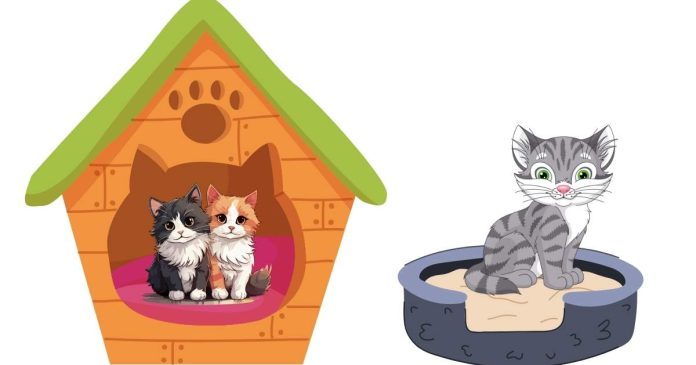Tulips (genus Tulipa) are indeed toxic to cats, primarily due to the presence of compounds known as tulipalin A and tulipalin B. These are glycosides found throughout the plant, particularly in the bulbs, which can cause a range of symptoms if a cat ingests any part of the tulip plant.
Toxicity and Symptoms of Ingestion:
- Tulipalin A and B: These are the main toxic agents in tulips. They can lead to irritation and damage to the gastrointestinal tract, as well as cause other systemic issues.
- Common Symptoms:
- Gastrointestinal issues: Drooling, nausea, vomiting, and diarrhea are common signs of mild to moderate poisoning.
- Lethargy: Cats may become unusually tired or sluggish.
- Loss of appetite: Due to the discomfort or nausea caused by ingestion.
- More severe symptoms: In rare cases, if the amount ingested is large, the toxins can lead to more severe signs like organ damage (especially liver or kidneys) or even more serious systemic effects, though this is relatively uncommon.
How Cats Get Exposed:
- Ingestion: Cats are known to chew on plants, especially if they’re curious or experiencing boredom. Tulips are particularly attractive because of their vibrant colors and pleasant scent. If a cat chews on the leaves, flowers, or stem, or worse, consumes part of the bulb, they risk exposure to the toxic compounds.
- Handling and Pollen: While it’s primarily the ingestion of the plant that poses a threat, exposure to pollen or the dust from the plant’s parts might cause irritation to a cat’s mouth and throat. However, this isn’t typically the major cause of poisoning.
What to Do if Your Cat Eats Tulips:
- Call your vet immediately: If you suspect your cat has eaten any part of a tulip, or if you’re seeing symptoms like vomiting, drooling, or lethargy, contact your veterinarian right away.
- Veterinary treatment: Depending on how much of the plant was ingested, your vet may induce vomiting to help expel the toxin. Activated charcoal might be administered to help prevent further absorption of the toxic compounds. In more severe cases, supportive care (like IV fluids or medications) may be required.
Preventing Exposure:
- Keep tulips out of reach: It’s best to keep tulips, along with other toxic plants, in areas that your cat cannot access. Consider placing flowers in elevated, closed containers or hanging baskets.
- Alternative plants: If you’re looking for safe plants for your home, consider cat-friendly options like catnip, spider plants, or certain types of grasses. These can provide stimulation and entertainment for your cat without the risk of poisoning.
Summary:
Tulips can indeed make your cat sick if they ingest any part of the plant. The toxic compounds (tulipalin A and B) can cause gastrointestinal upset, lethargy, and in severe cases, more serious health issues. Keeping tulips away from cats is the best way to avoid potential poisoning. If ingestion occurs, prompt veterinary attention is crucial for a better outcome.


